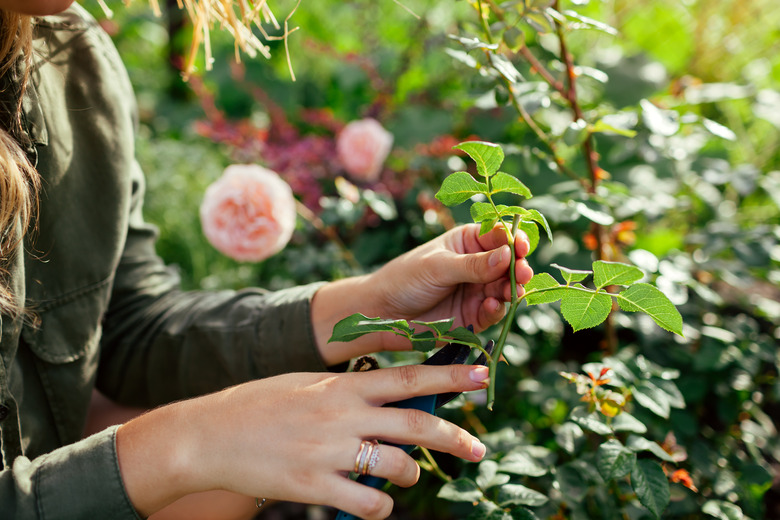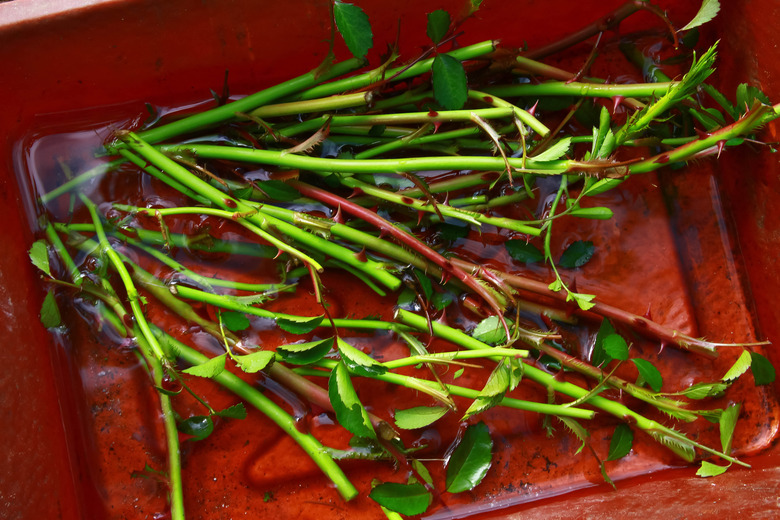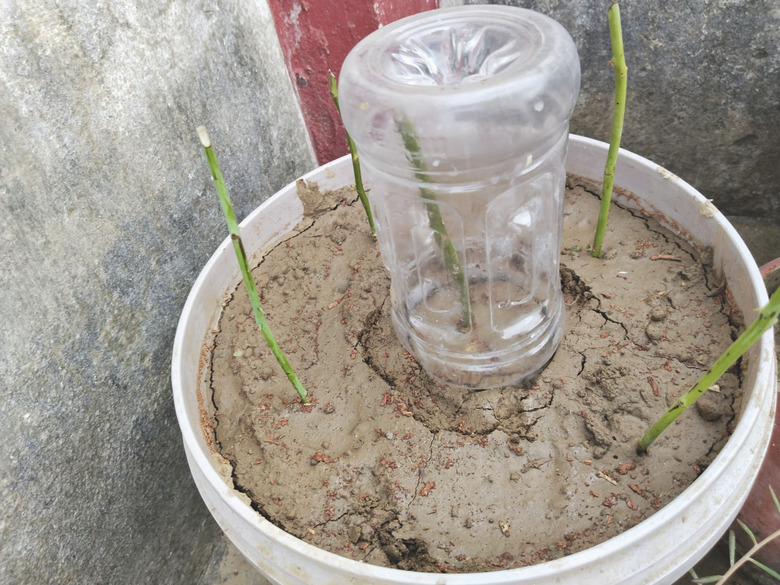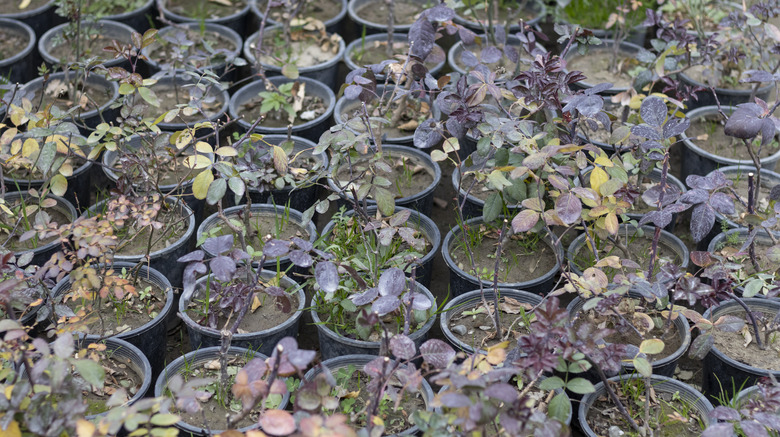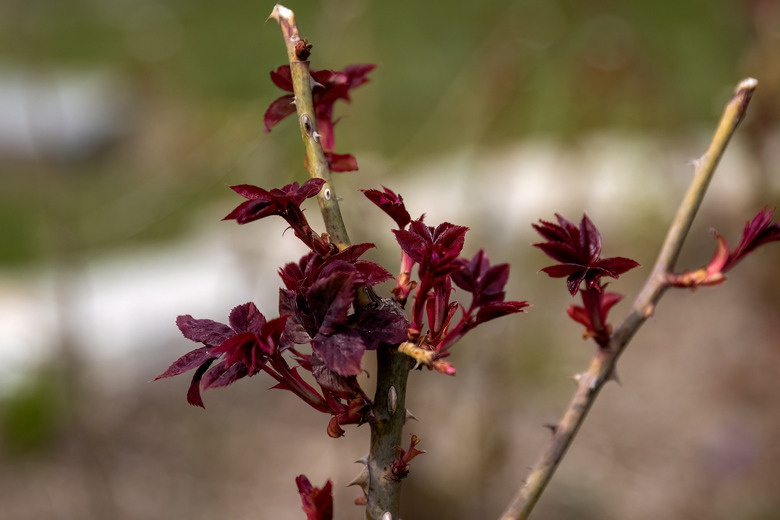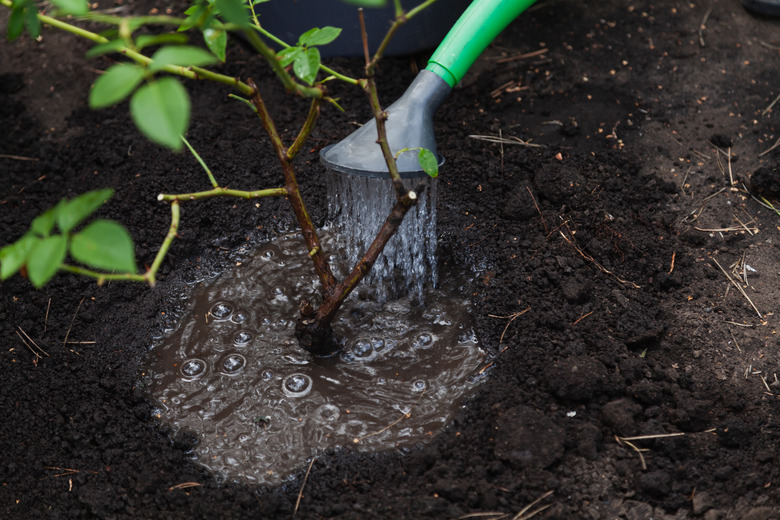How To Propagate Hybrid Roses From Cuttings
What Are the Best Propagation Methods for Hybrid Roses?
Propagating roses from cuttings is a simple project suited to beginner and advanced gardeners alike, but cuttings are not necessarily the best propagation method for hybrid rose varieties. Dozens of species and thousands of named cultivars of roses (Rosa spp.) are grown in gardens around the world, from old heirloom types to modern hybrid varieties.
Most rose bushes grow well within USDA plant hardiness zones 4 to 7, but many hybrid types lack the cold hardiness of older varieties and must be grown in warmer climates.
Hybrid roses propagate well from cuttings, and the process is easy to do. However, it is not necessarily the best propagation method for these tender, disease-prone new rose varieties.
About Propagating Hybrid Roses
Hybrid roses are the result of natural interbreeding or intentional crossbreeding for certain traits. Although hybrid roses will grow from cuttings, they are typically propagated using grafting or budding, because they need different rootstock to provide the cold hardiness and disease resistance found in other rose varieties.
Propagating hybrid roses from cuttings will yield a plant that looks just like the parent plant, but it is unlikely to perform well in the garden if grown on its own roots—particularly if the original plant harbored viruses, because the virus will propagate along with the plant.
Warning
Patented hybrid roses cannot be legally propagated at home from any clonal method, including cuttings.
Selecting Hybrid Rose Cuttings
Selecting the right type of cutting at the right time of year is key when growing roses from cuttings. Cuttings can be taken from leafy softwood growth during the growing season, or hardwood cuttings can be gathered during the winter months when the plant is dormant.
The success rate for starting rose cuttings is variable, so it is a good idea to start several cuttings from the same rose bush to help ensure a good outcome.
- Look for pencil-thick cuttings that are 4 to 6 inches in length. The stem should be one that has previously bloomed, which can be determined by looking for a swollen section at the base of the stem where it connects with the main stem.
- In summer, rose cuttings should be leafy with a pliant green stem. In winter, the cutting should be smooth and brown with several leaf buds. Avoid taking cuttings from stems with obvious problems, such as withering, stuntedness or damage.
- Make the cut at a 45-degree angle just below a growth node, which is a swollen part on the branch where leaves form. Use a sharp knife or sturdy pruning shears. Hybrid roses can be disease-prone, so it is a good idea to wipe down the blades of your pruners with disinfectant before gathering cuttings.
- Put the rose cuttings in a vase of water or wrap them in moist newspaper to keep them hydrated while preparing rooting pots.
Tip
Remove the tip of each cutting by snipping it straight across, which will help you differentiate between the top and bottom of the cutting come planting time.
Preparing for Potting
Timing is of the essence when it comes to rooting rose cuttings. Planning ahead and preparing everything in the right order will not only help things go more smoothly but can take some stress out of the process.
Prepare the Pots
Having your pots filled and ready to go before you prep your rose cuttings is a good idea, because it will allow you to pot your cuttings as quickly as possible.
A single 1-gallon pot can be used to start three or four rose stem cuttings with plenty of space between them. Be sure to use a nursery pot with drainage holes at the base rather than a catch pot or another pot with no holes.
1. Fill the pot to within 2 inches of the top with moist potting mix. The potting mixture can be store-bought potting soil or a mix, such as half perlite and half vermiculite. Just make sure that whatever mix you use is fresh and new to minimize the presence of disease-causing bacteria, fungi and viruses. 2. Firm the soil very gently using your fingertips to help collapse any air pockets. Poke three planting holes in the surface that are deep enough to hold half of the rose cuttings; that is, poke a 2-inch-deep planting hole for a 4-inch-long cutting or a 3-inch-deep hole for a 6-inch cutting.
Once your pot is prepared, get to work preparing your cuttings for potting.
Prepare the Cuttings
Hybrid rose cuttings are typically eager to root, but giving them a little extra attention and processing before potting them will help ensure a good outcome.
Flower buds draw a lot of energy from the cutting, which will result in fewer roots or no roots at all. Snip off any flower buds or flowers at the base using sharp, clean pruners. Remove the lowest two sets of leaves to expose the growth nodes, which is where the new roots will form.
Hybrid rose cuttings will root without any special treatment, but rooting hormone can help increase the quantity and quality of the roots. Dip the angled cut end of the cutting in water and then in rooting hormone powder. Tap the cutting to knock loose any excess rooting hormone powder before potting it.
Potting Hybrid Rose Cuttings
The potting process for rose cuttings is very straightforward. Simply stick the hormone-treated end of the cutting into the prepared planting hole and press the potting medium firmly against the stem. Set the pot in a sheltered location with bright, indirect light.
1. Creating a mini greenhouse over the pot will help aid rooting for softwood cuttings started in summer. Stick a long, sturdy barbecue skewer into the soil on opposite sides of the pot. The two skewers should stand taller than the cuttings. 2. Slip a clear plastic bag over the pot so that it rests on the skewers. Be sure that the bag doesn't touch the rose cuttings because contact between the two could cause rotting. 3. Secure the plastic bag around the pot with a rubber band or a piece of string. 4. Snip one or two small holes in the bag to allow a little bit of airflow around the cutting while still holding in some humidity.
Another option for creating a mini greenhouse is to cut off the bottom of a 2-liter soda bottle or another large plastic bottle, such as an empty milk jug, and slip the bottle over the top of the cutting. Press the bottle into the soil.
Rooting Hybrid Rose Cuttings
Although it is relatively easy to grow rose cuttings, it does take patience. A healthy rose cutting needs four weeks to form roots and another six months before the root system is well developed enough to transplant.
What rose cuttings need to successfully root are humidity, moist soil, warmth and bright but indirect light. For the most part, they can be left without interference for the first few weeks because moisture in the soil provides the appropriate amount of humidity. However, they may need to be watered if condensation stops forming on the inside of the plastic bag.
- Poke the potting mix with your finger to check the moisture level and water if it feels nearly dry on the surface. Drizzle water around the base of the cutting until the potting mix feels fairly damp.
- Check for rooted cuttings in four to six weeks by very gently tugging on the base of the cutting. If it feels stuck to the soil, then it has rooted.
Cut open the bag a week or so after the cutting has rooted to slowly acclimate the cutting to lower humidity levels. Remove the bag entirely after four weeks.
Potting On and Growing Hybrid Rose Cuttings
Rose cuttings need plenty of space to grow new roots, so it is a good idea to transplant each cutting into its own 4-inch nursery pot once it develops a few new leaves. When potting on, be sure to replant the cutting at the same depth it was growing in its original rooting pot. Use standard potting soil or a potting mix formulated for roses.
Grow your replanted rose cuttings under nursery conditions with bright, indirect light and shelter from strong wind. Soil moisture is particularly important for new roses, but too much moisture in the soil can be disastrous. Check the soil and water only when it feels barely damp below the surface.
Tip
Summer-propagated hybrid roses can typically be transplanted the following spring, and winter-grown hybrid rose cuttings can be transplanted in the spring of their second year.
Planting Hybrid Roses
Roses grow best when transplanted in spring, but they can also be transplanted in autumn in climates with mild winter weather. The planting site should be prepared a week or two before planting so that the soil has time to settle.
- Prepare a rose bed on a site that receives at least six hours of direct sunlight each day, preferably in the morning hours. Light shade at midday is ideal, because it will protect the rose from strong sunlight that might scorch the flowers and leaves.
- Choose a site with enough space for the rose to spread out because overcrowding can contribute to fungal infections. Look at the original hybrid rose from which you gathered your cuttings and choose a spot that can comfortably hold a rose plant of the same size.
- Amend the bed with well-aged compost if the soil at the site is very sandy or rich in clay. Work a 3-inch layer of compost into the top 8 inches of soil.
- Plant the newly rooted hybrid roses at the same depth they were growing in their pot. Water the newly planted rose very deeply to settle the soil.
- Spread a 2- to 4-inch-thick layer of mulch in a circle around each hybrid rose but leave a 2-inch gap between the mulch and the base of the plant.
Tip
Some hybrid rose varieties are climbers, so install a trellis along the northern edge of the bed or plant them at the base of a structure.


